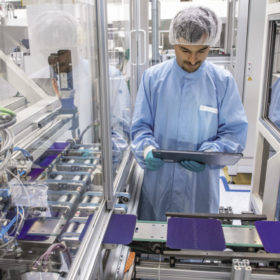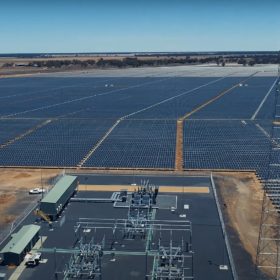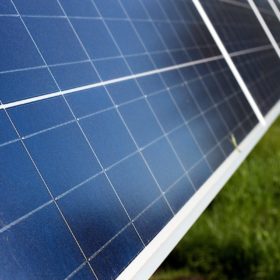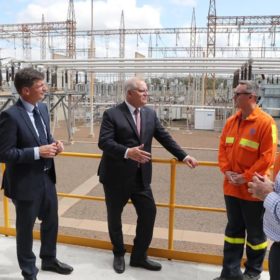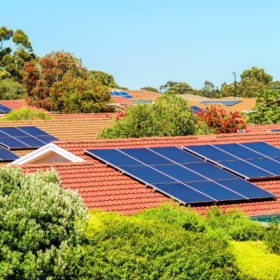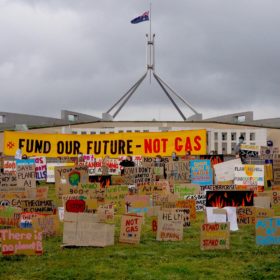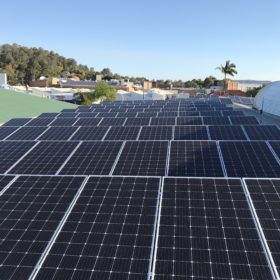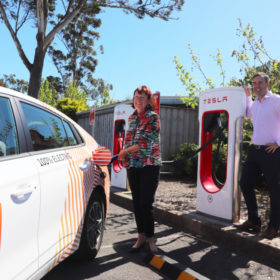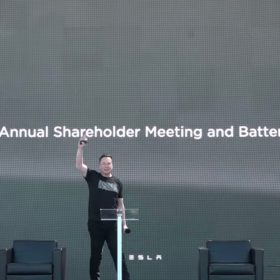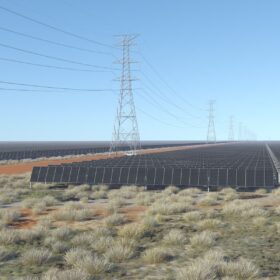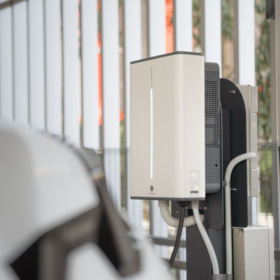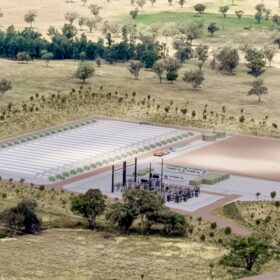IRENA presents $2tn plan to drive 5.5m renewables jobs by 2023
Doubling down on renewable energy investment and energy transition spending is required to ensure a truly green global recovery from the Covid-19 crisis and its economic aftershock, claims the International Renewable Energy Agency.
The way of zen: CSIRO signs 10-year PPA with Ross Garnaut’s Zen Energy
The CSIRO, Australia’s national science agency, has signed a 10-year PPA with Ross Garnaut’s Zen Energy. The deal will see solar energy from the Nurmurkah Solar Farm and the Nevertire Solar Farm halve the agency’s emissions.
Trafigura to develop 2 GW of renewables though partnership with Australian investment group IFM
Oil and metals trader will join forces with Australian investment group IFM to launch the new entity, which will develop solar, wind and energy storage projects – some of them supplying clean energy to Trafigura operations – as well as making acquisitions.
Angus Taylor’s tech roadmap is fundamentally flawed — renewables are doable almost everywhere
Honorary University of New South Wales Associate Professor, Mark Diesendorf, takes the Coalition’s Technology Roadmap apart, revealing just how unsealed the road really is, and why renewables pave the way.
A line in the silicon: SA solar industry inverted as new regulations come into effect
South Australia’s new solar installation regulations came into effect on September 28. The regulations, designed to better manage a distributed energy system, are thought rushed by some in the industry, but ultimately they should facilitate more solar integration.
“Fund Our Future Not Gas” is the call made to the Coalition in nationwide student protests
Over 500 separate protests, many of them virtual, took place on Friday as students and young Australians across the country again demonstrated their determination in the face of an inveterate Federal Government. Due to the restrictions of Covid-19, many of the protests took on imaginative shapes.
WA Flexibility Services Pilot cues a 100MW orchestra of DER
How to get the gigawatts of distributed solar generation in the WA’s South West Interconnected System to play nicely with the network: Western Power has gathered 100 MW of resource to test its coordinated ability to stabilise the system on low demand days.
AGL expands VPP with solar battery sales to eastern states
AGL Energy has expanded its solar battery VPP to Queensland, New South Wales and Victoria with the immediate launch of solar battery sales for residents of the eastern states, while solar and battery bundles will be available by the end of the year.
NSW coal country commits to clean energy transition
A new raft of councils across New South Wales’ coal country have committed to climate action and renewable energies are joining the Cities Power Partnership. Lake Macquarie City Council, Port Stephens Council and Cessnock City Council have followed the likes of The City of Newcastle in turning their backs on coal and gas.
WoodMac: Tesla Battery Day 2020: Too good to be true?
Like most Tesla events, speculation and hype were at all-time highs after CEO Elon Musk hinted that something “very insane” would be revealed. He was not far off! Tesla detailed a completely new cell, along with plans to improve manufacturing, costs and shrink the battery supply chain. With such bold claims come many questions.
